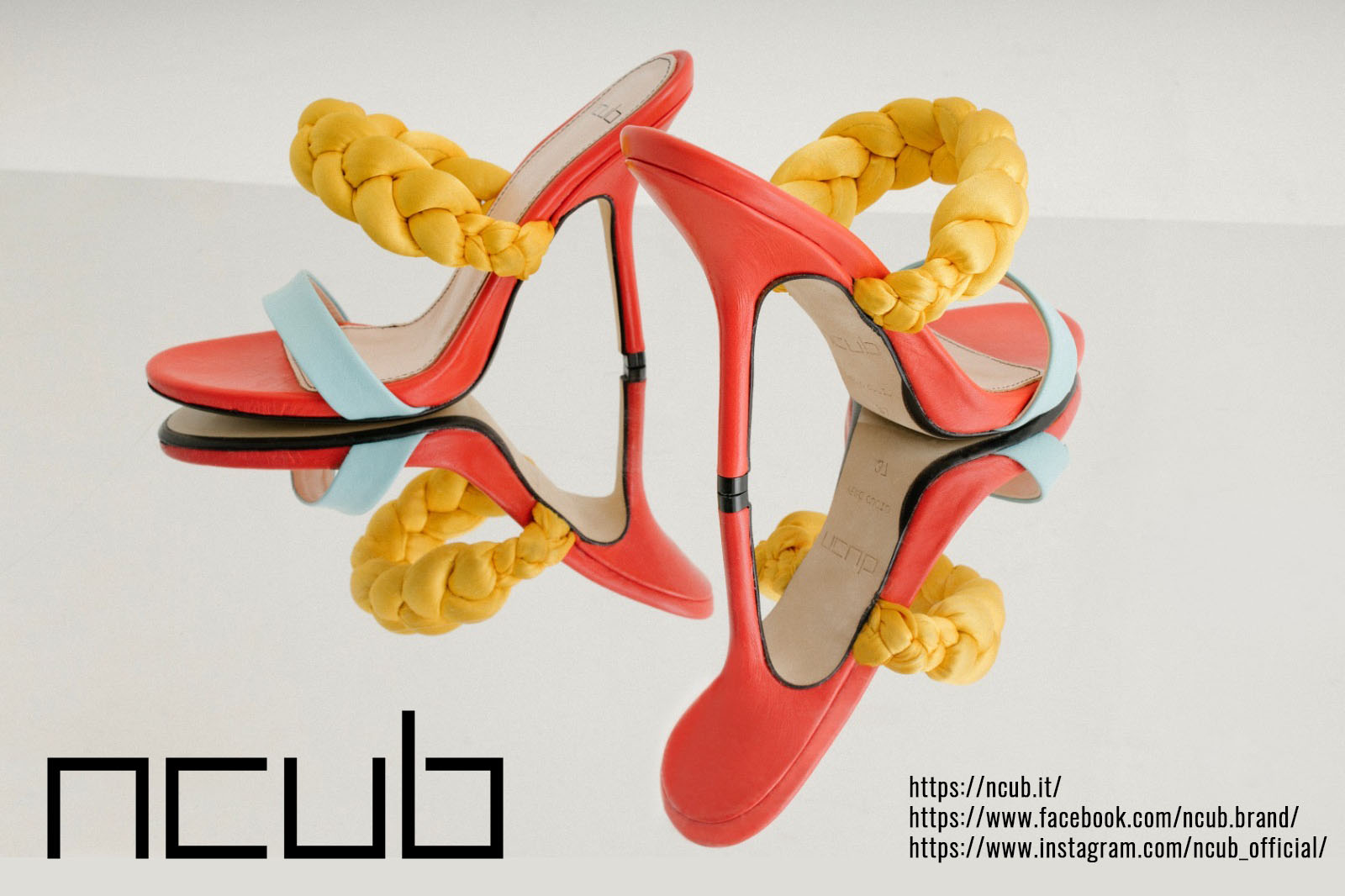Dal quotidiano “THE GUARDIAN”: ‘Artist, rebel, romantic’: Jamie Reid, designer for the Sex Pistols, dies at 76
Share
Ben Beaumont-Thomas · 10 Ago 2023
‘There were these trunks full of Sex Pistols artwork. The combined impact made an indelible impression – like finding a pot of gold’ Jon Savage On meeting Reid in 1978
Jamie Reid, whose collage work for the Sex Pistols was a central pillar of the punk aesthetic, was described as an ‘artist, iconoclast, anarchist, punk, hippie, rebel and romantic’.
Jamie Reid, the artist and graphic designer whose work for the Sex Pistols was a central pillar of the punk aesthetic, has died aged 76.
His gallerist, John Marchant, confirmed his death alongside Reid’s family. In a statement, Reid was described as an “artist, iconoclast, anarchist, punk, hippie, rebel and romantic”. The statement went on to say that he “leaves behind a daughter, Rowan, a granddaughter, Rose, and an enormous legacy”.
Born in London in 1947, Reid enrolled at Wimbledon art school aged 16, later moving to Croydon art school, where he met the Sex Pistols’ future manager, Malcolm McLaren.
Reid’s best-known work was for the covers of a series of Sex Pistols releases: the pink and yellow text of their only album, Never Mind the Bollocks; God Save the Queen, the hit single banned by the BBC featuring a defaced Cecil Beaton portrait; the smashed empty picture frame for Pretty Vacant; and a doctored comic strip for Holidays in the Sun.
His poster for the single Anarchy in the UK, featuring a torn union jack, was another image that defined the iconoclasm of the punk era.
He also created alternative designs for singles – one for God Save the Queen featured a safety pin through the Queen’s lip and swastikas for eyes. An alternative French-market cover for Pretty Vacant featured buses with the destinations Nowhere and Boredom. Reid also worked on imagery for the Sex Pistols film The Great Rock’n’Roll Swindle.
His lettering mimicked the cutand-paste style of an anonymised ransom note – a style he first developed with the countercultural publication Suburban Press, which he began in 1970 alongside Jeremy Brook and Nigel Edwards. He was inspired by the alternative politics of the late 1960s, and did graphic design for the 1974 book Leaving the 20th Century: The Incomplete Work of the Situationist International, which compiled translated texts by French situationist writers.
Reid said in 2015: “Our culture is geared towards enslavement – for people to perform preordained functions, particularly in the workplace. I’ve always tried to encourage people to think about that and to do something about it.”
His website described his work as blending “gnosticism and dissent”, with spirituality also a major component. His art is held in major institutions such as Tate Britain, New York’s Museum of Modern Art and Houston’s Museum of Fine Art.
As well as his renowned collages, he also produced hundreds of abstract paintings. In later years, he collaborated with Shepard Fairey – the street artist best known for the Obama “Hope” image – and supported the Occupy and Pussy Riot movements. In 2017, he created a riff on his swastika-eyed God Save the Queen artwork featuring Donald Trump, entitled God Save Us All.
He also collaborated with the punk historian Jon Savage on a book of his work – Up They Rise: The Incomplete Works of Jamie Reid.
“I first met Jamie in late 1978,” Savage said. “I remember walking upstairs in a house, and there were these trunks full of Sex Pistol artwork. The combined impact made an indelible impression – it was like finding the pot of gold at the end of the rainbow.”
Savage identifies Reid’s style as containing “complex ideas in an apparently simple format”. “It’s not black and white, whereas a lot of punk iconography was – here was something that was intensely colourful and very, very simple.”
He said that Reid’s grounding in radical politics gave an added element of sophistication. “In comparison to some of the rather tawdry and imitative punk graphics, Jamie’s came from a deep place.”














